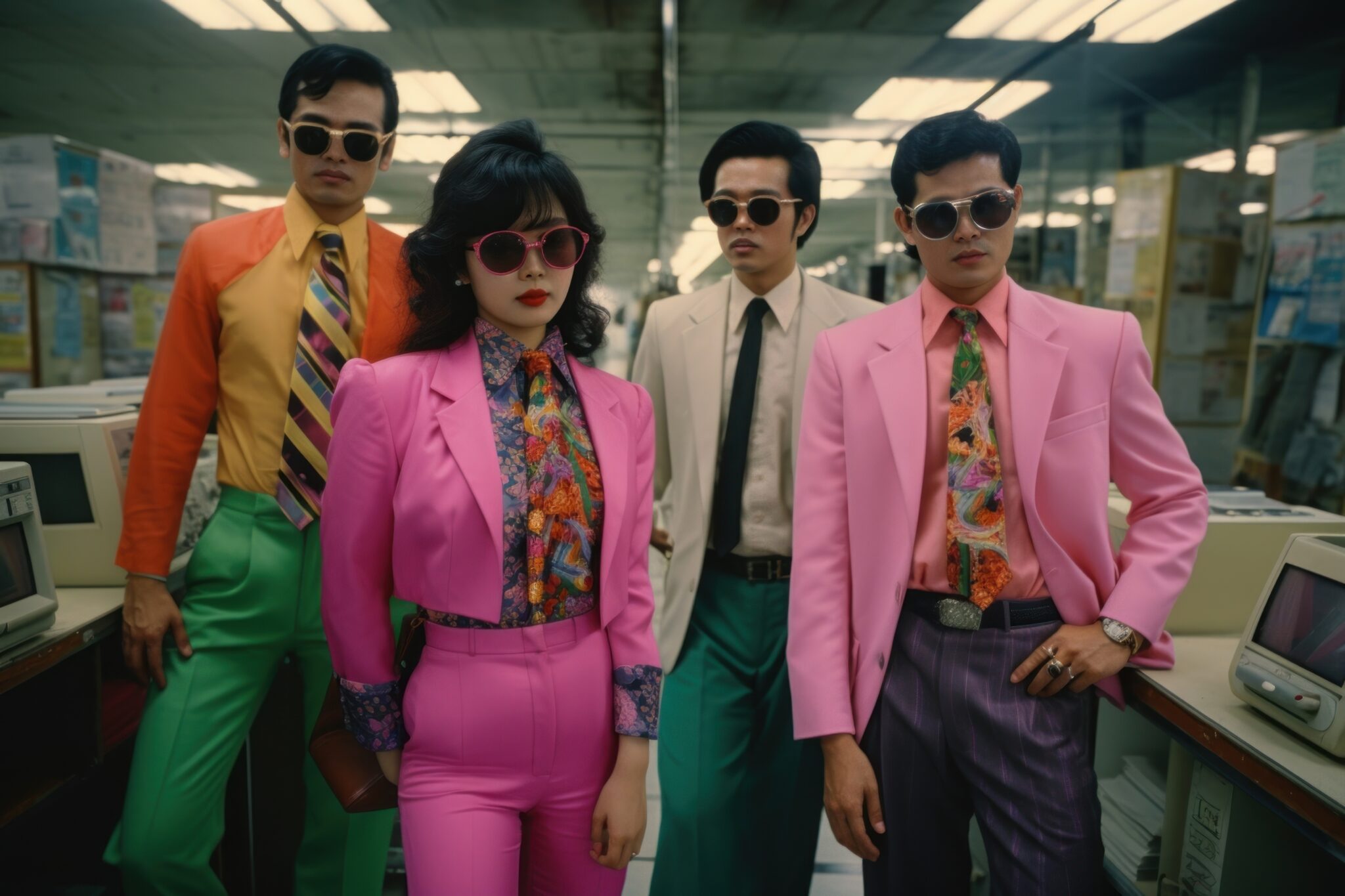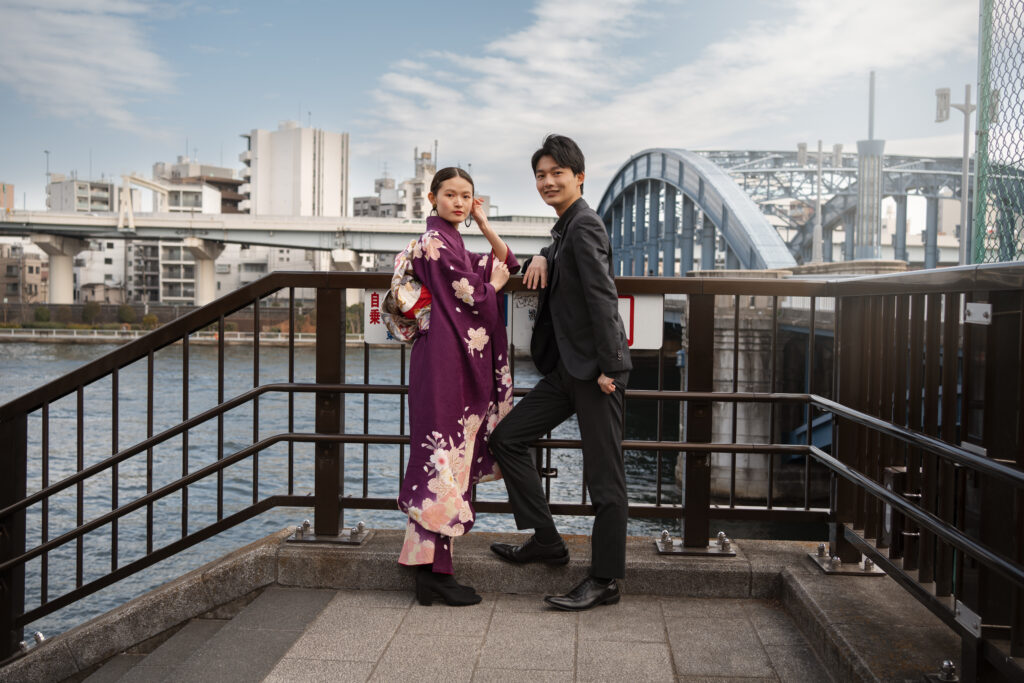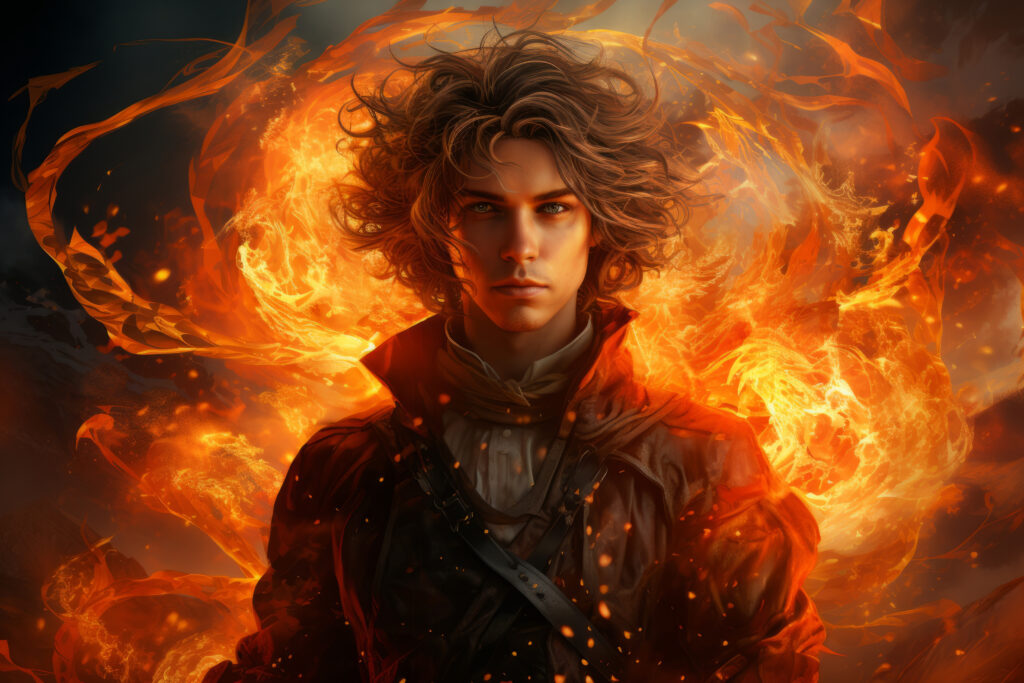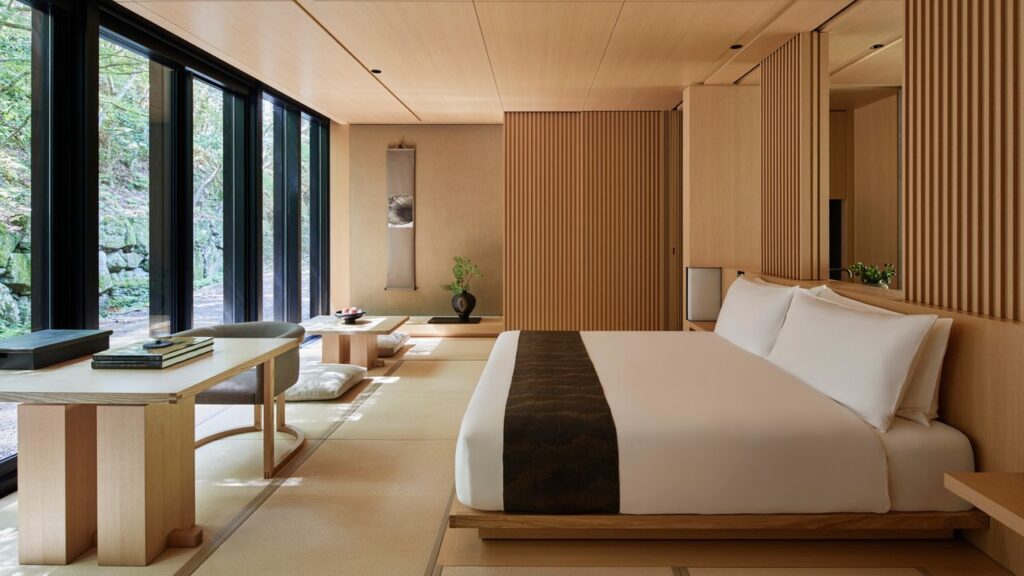The Blitz club, a small London nightclub that ran from February 1979 to October 1980, left a massive mark on 1980s culture and fashion. Despite its short 18-month run, this Tuesday night hotspot in Covent Garden became a breeding ground for creativity, launching pop stars like Spandau Ballet and Boy George while revolutionizing fashion. A new exhibition at the Design Museum, Blitz: the Club That Shaped the 80s, explores the club’s legacy, showcasing its bold outfits, music, and cultural impact. Here’s why the Blitz club was a game-changer for fashion and beyond.
1. The Blitz Club: A Cultural Hub
Located at 4 Great Queen Street, the Blitz was founded by Rusty Egan and Steve Strange, who later found fame with his band Visage’s hit Fade to Grey. The club quickly became the place for young, creative people in London. With a capacity of just 200, it attracted a mix of musicians, artists, and fashion lovers who defined the “Blitz kids” movement.
- A Creative Hotspot: The club was a launchpad for iconic 1980s musicians like Spandau Ballet, Sade, and Boy George, but its influence went beyond music.
- Fashion as Identity: The Blitz kids used bold outfits to express themselves, mixing vintage finds, theatrical costumes, and DIY creations.
- A Safe Space: The club was a haven for self-expression, especially for queer and creative individuals, at a time when London wasn’t always welcoming.
2. Fashion at the Heart of the Blitz
Fashion was central to the Blitz experience. Club-goers spent hours crafting outfits that blended 1940s tailoring, charity shop treasures, and dramatic makeup. The Blitz: the Club That Shaped the 80s exhibition showcases these looks through clothing, photography, and artifacts like club flyers and early issues of magazines like i-D and The Face.
- Eclectic Style: Outfits ranged from 1940s-inspired suits to lace ruffs, pillbox hats, and even clingfilm creations. One club-goer was photographed dressed as Queen Elizabeth I, while others channeled Picasso’s blue period with their makeup.
- Designer Influence: Regulars like Stephen Linard (who worked with David Bowie and Boy George), milliner Stephen Jones, and BodyMap’s David Holah and Stevie Stewart shaped the club’s fashion. Their designs are featured in the exhibition.
- DIY Ethos: The Blitz kids embraced punk’s do-it-yourself spirit but rejected its “deliberate ugliness” for elegance and romance, creating a postmodern mix of past and present styles.
3. A Response to Tough Times
The Blitz club emerged during a challenging period in the UK. The late 1970s saw the “winter of discontent,” with economic struggles, rising unemployment, and Margaret Thatcher’s election as prime minister. Fashion became a form of escapism for the Blitz kids, many of whom lived in squats and rejected traditional 9-5 lifestyles.
- Escapism Through Style: Curator Danielle Thom explains that the club’s bold looks were a reaction to the era’s hardships, like “bin bags piled high in the streets.”
- Post-Punk Influence: While punk was fading by 1979, its DIY ethos inspired the Blitz kids to create their own fashion rules, mixing vintage and theatrical elements.
- Cultural Rebellion: Though not overtly political, the club-goers’ experimental style was shaped by the social and economic unrest of the time.
4. Steve Strange and the Power of Exclusivity
Steve Strange, the club’s co-founder and door selector, played a key role in its success. He carefully curated who could enter, ensuring the Blitz remained a safe and creative space. This exclusivity wasn’t just about style—it was a way to protect the club’s diverse crowd, including many queer attendees, in a less tolerant 1980s London.
- Media Savvy: Strange actively invited journalists to cover the club, leading to widespread media attention. Though some outlets criticized the outlandish outfits, the publicity created long queues on Tuesday nights.
- A Safe Haven: The strict door policy helped make the Blitz a “safe space” for self-expression, where club-goers could explore their identities through fashion and music.
5. The Blitz’s Lasting Legacy
Despite its short lifespan, the Blitz club’s influence on fashion and culture is undeniable. It helped launch the New Romantic movement, which blended glamorous, historical-inspired fashion with 1980s pop music. The club also paved the way for magazines like i-D and The Face, which documented the era’s style and trends.
- Pop Culture Impact: The Blitz gave rise to global stars and set the tone for 1980s music and fashion, influencing everything from music videos to high fashion.
- Nostalgia and Relevance: The Design Museum’s exhibition, complete with a recreated Blitz bar and projections of Rusty Egan DJing, taps into both nostalgia for the 1980s and a fascination with its analog creativity.
- A Warning for Today: Curator Danielle Thom notes that the conditions that made the Blitz possible—like affordable secondhand clothing and accessible nightlife—are disappearing. Rising rents and a commercialized vintage market threaten today’s club culture.
6. Why the Blitz Still Matters
The Blitz: the Club That Shaped the 80s exhibition is more than a look back at wild outfits and iconic music. It’s a reminder of how creativity can thrive in tough times and how fashion can be a powerful form of self-expression. The Blitz kids’ fearless style challenged norms and created a space for individuality, inspiring generations of designers and artists.
- A Love Letter to Club Culture: The exhibition celebrates the Blitz’s role in shaping 1980s culture while highlighting the importance of nightlife as a creative outlet.
- A Call to Action: Thom hopes the exhibition serves as a “warning” about the erosion of spaces where young people can experiment and express themselves freely.
7. London Fashion Week Connection
The Blitz club’s influence resonates at London Fashion Week, where designers continue to draw on its bold, eclectic spirit. The 1980s focus on individuality and mixing styles echoes in today’s shows, reminding us how a small nightclub can shape global trends. As London Fashion Week 2025 showcases new talent, the Blitz’s legacy of creativity and rebellion remains a touchstone for designers.
Conclusion
The Blitz club was more than a nightclub—it was a cultural revolution that shaped 1980s fashion, music, and identity. Through daring outfits and a DIY ethos, the Blitz kids created a legacy that still inspires today. The Design Museum’s Blitz: the Club That Shaped the 80s exhibition captures this magic, reminding us of the power of creativity and the importance of protecting spaces where it can thrive. As nightlife faces new challenges, the Blitz’s story is both a celebration and a call to preserve club culture’s vibrant spirit.






















